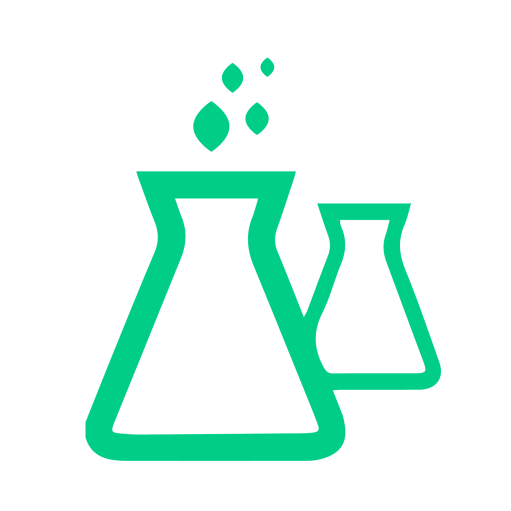
Today, herbal medicines are widely used for medical treatment. However, clinical studies are not rich enough in terms of the interaction between herbal and chemical medicines. A part of such interactions can increase pharmacodynamic effects and reduce the toxic effects of drug combinations while most may still make the drug more toxic. It is suggested that herbal medicines remind users of the potential interactions and the action that should be taken. Now based on the case reports and clinical observation, three commonly used herbal medicines are discussed to show how they interact with chemical medicines.
1. Ginseng
Ginseng is a kind of widely-used herbal medicine, the main constituents of which include ginsenoside, sterol, flavonoid, peptides, etc. Ginsenoside is the main pharmacologically active constituent. A clinical study involving 14 healthy donors indicated that ginseng extracts increased the alcohol clearance in the blood by 30%. This was probably caused by prolonging the gastric emptying by ginsenoside and inducing the oxidative system of alcohol and CYP2E1. Treatment with ginseng can also accelerate alcohol elimination in vivo in mice and rats. After the oral administration of ginseng aqueous extracts to rats, the AUC of alcohol oral was reduced by 21%, however, no changes in the pharmacokinetics of alcohol intraperitoneal.
Treatment with ginseng cannot change the clearance, volume of distribution, and plasma protein binding of (R-) and (S-) warfarin. Pre-treatment with ginseng also cannot change the pharmacodynamics of both. However after treatment with American ginseng for 3 days, the international normalized ratio (INR), cmax, and AUC of healthy donors were reduced.
A large number of animal studies in vitro and vivo showed that the constituent, ginseng can adjust lots of kinds of CYP isozymes that participate in the metabolism of warfarin. Ginsenoside Rd has a small inhibitory activity to the recombinant of CYP3A4, CYP2D6, CYP2C19, and CYP2C9, while ginsenoside Re and ginsenoside Rf increase the activities of CYP2C9 and CYP3A4. A study on rats indicated that the saponin of standard red ginsengs can inhibit the activity of p-nitro phenol hydroxylase, CYP2E1 through the dose-response pattern. Further studies are needed to learn the effect of ginseng constituents on people’s CYP isozymes.
2. Salviae miltiorrhizae
Salviae miltiorrhizae, as a traditional herbal medicine, is mainly used for treating cardiovascular diseases, including angina, myocardial infarction, and stroke. The main active constituent is tanshinone. According to 3 public case reports, the anticoagulation and bleeding had increased after patients who received long-term treatment with warfarin used Salviae miltiorrhizae. Since the patients above had been administrated with other drugs at the same time, it was difficult to confirm whether or how the Salviae miltiorrhizae contributed to the interaction. However, a combination of Salviae miltiorrhizae and warfarin should be avoided for security.
Rats were administrated with Salviae miltiorrhizae extracts in the first 3 days, and then a single dosage of racemic warfarin by oral administration. The result showed that the parameter values like absorption rate constant of warfarin, AUC, cmax and t1/2βhad been increased, while the clearance and apparent volume of distribution of (R-) and (S-) warfarin had been reduced. Similar results had been observed at the steady-state concentration of warfarin, so warfarin had probably produced anticoagulation.
Interestingly, Salviae miltiorrhizae extracts were located at the level of dosage oneself, and it had no effects on the clotting time of rats, which indicated that the change of warfarin’s metabolism was probably the mechanism of the interaction. Warfarin is mainly metabolized by CYP2C9, following by CYP1A2 and CYP3A4. Additionally, Salviae miltiorrhizae extracts change the plasma protein binding of warfarin.
3. Scutellaria baicalensis
Scutellaria baicalensis, as a traditional herbal medicine, is used for treating respiratory tract infections and gastrointestinal tract bacterial infections as anti-inflammatory agents and drugs that relax smooth muscles. The main active constituent is flavonoid compounds, including baicalin and its aglycone baicalein, wogonoside, and its aglycone wogonin.
The result of random research on 44 patients with NSCLC at terminal stages who didn’t develop pre-treatments showed that oral administration of the main constituent of Scutellaria baicalensis extracts, TJ14 had relieved the diarrhea irinotecan induced. The study on rats showed that TJ14 could inhibit the increase of colon prostaglandin E2 that irinotecan promoted, which is closely related to diarrhea. Baicalin is the inhibitor of β-glucuronidase, which relieves the toxicity to enterocytes.
